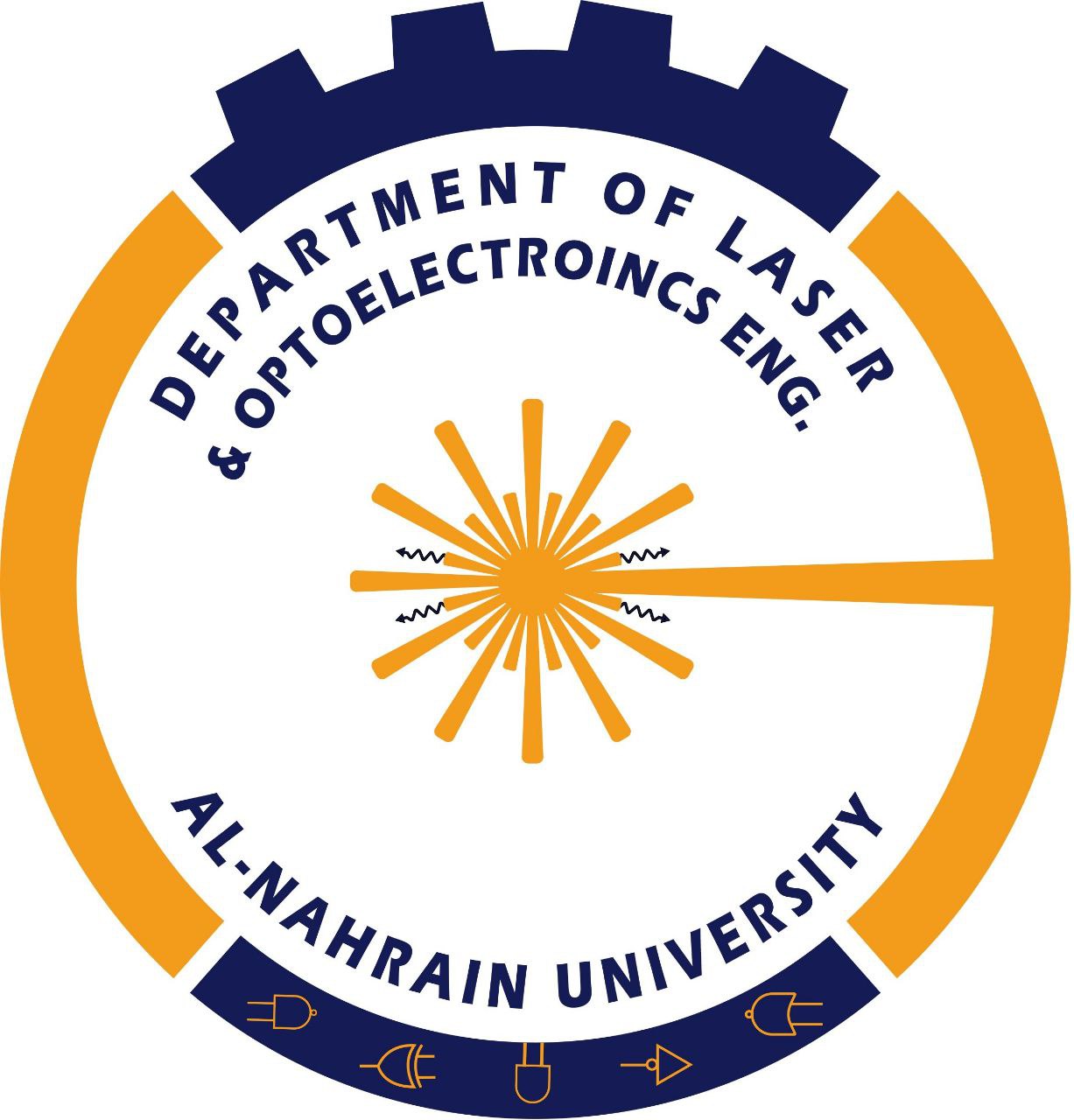Laser & Optoelectronic Engineering Department
1.
Vision and Mission
statement
Vision Statement
The department’s vision
is to be a leading institution in the research and education of laser and
optoelectronics engineering, producing graduates who are well-prepared to enter
the workforce or higher education, and contributing to the advancement of the field
through cutting-edge research and innovation
Mission Statement
The
mission of the Laser and Optoelectronics Engineering Department is to provide
students with the knowledge and skills necessary to design and develop
innovative solutions in the field of lasers and optoelectronics, while
maintaining a commitment to ethical and social responsibility.
2. Graduated
Outcomes (GOs)
i. GO-1: An ability to identify,
formulate and solve complex engineering problems by applying principles of
engineering, science and mathematics.
ii. GO-2: An ability to apply
engineering design to produce solutions that meet specified needs with
consideration of public health, safety and welfare, as well as global,
cultural, social, environmental and economic factors.
iii. GO-3: An ability to communicate
effectively with a range of audiences.
iv. GO-4: An ability to recognize
ethical and professional responsibilities in engineering situations and make
informed judgments, which must consider the impact of engineering solutions in global
economic, environmental and social contexts.
v. GO-5: An ability to function
effectively on a team whose members together provide leadership, create a
collaborative and inclusive environment, establish goals, plan tasks and meet
objectives.
vi. GO-6: An ability to develop and
conduct appropriate experimentations, analyze, interpret data and use
engineering judgment to draw conclusions.
vii. GO-7: An ability to acquire and
apply new knowledge as needs using appropriate learning strategies.
3. Program Educational Objectives (PEOs)
Based on the missions of
Al-Nahrain University and the College of Engineering, the graduate of the B.Sc.
program in Laser and Optoelectronics engineering will be able to:
- PEO-1: To provide students with a strong
foundation in the basics of optics, lasers, and optoelectronics.
- PEO-2: To impart advanced knowledge in the
design, fabrication, and application of laser and optoelectronic devices
and systems.
- PEO-3: To provide
students with advance mathematical analysis, computational thinking and
engineering ideas, such as design theory, experimental techniques and
production, to solve practical problems associated with design and
maintenance of laser systems.
- PEO-4: Use
effective communication skills and participate in multi-disciplinary partnerships
to demonstrate professional progress and leadership and demonstrate an
appreciation and use of modern technological capabilities and to foster
collaborative effort among co-workers and other institutions.
- PEO-5:
To encourage students to pursue advanced studies in the
research of laser and optoelectronics engineering.
- PEO-6:
To produce graduates who can contribute to the Iraqi workforce
market through innovation, research, and entrepreneurship.
- PEO-7:
To promote interdisciplinary collaboration among students,
faculty, and industry professionals to foster the advancement of laser and
optoelectronics technology.
Table-1:
Mapping of program Educational Objectives to Graduate Outcomes.
|
EPOs |
Graduated
Outcomes |
||||||
|
GO-1 |
GO-2 |
GO-3 |
GO-4 |
GO-5 |
GO-6 |
GO-7 |
|
|
EPO-1 |
|
|
|
|
|
|
|
|
EPO-2 |
|
|
|
|
|
|
|
|
EPO-3 |
|
|
|
|
|
|
|
|
EPO-4 |
|
|
|
|
|
|
|
|
EPO-5 |
|
|
|
|
|
|
|
|
EPO-6 |
|
|
|
|
|
|
|
|
EPO-7 |
|
|
|
|
|
|
|
4. Student
Learning Outcomes
Laser and optoelectronics
engineering will provide:
i.
Understanding the physics of
optical interactions and the properties of lasers and optoelectronic devices.
ii.
Designing and analysing complex laser and optoelectronic systems.
iii.
Developing skills in the modeling and simulation of laser
performance and optoelectronic material behavior.
iv.
Applying knowledge of laser safety and environmental impacts to
development of laser-based technologies.
v.
Communicating and collaborating effectively with interdisciplinary
teams to tackle complex challenges in the field.
vi.
Graduates will be able to formally communicate the results of
biological investigations using both oral and written communication skills.
vii.
Graduates will be able to perform laboratory experiments and field
studies, by using scientific equipment and computer technology while observing
appropriate safety protocols.
viii.
Graduates will be able to demonstrate a balanced concept of how
scientific knowledge develops, including the historical development of
foundational theories and laws and the nature of science.
ix.
Graduates will be able to demonstrate scientific quantitative
skills, such as the ability to conduct simple data analyses.
x.
Graduates will be able to use critical-thinking and problem-solving
skills to develop a research project and/or paper.

